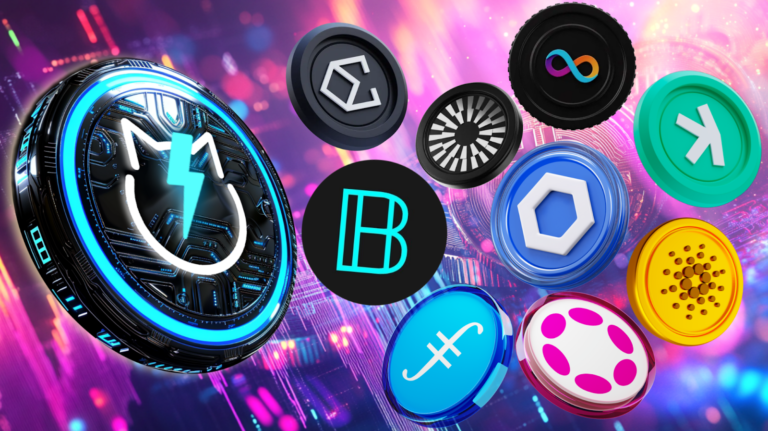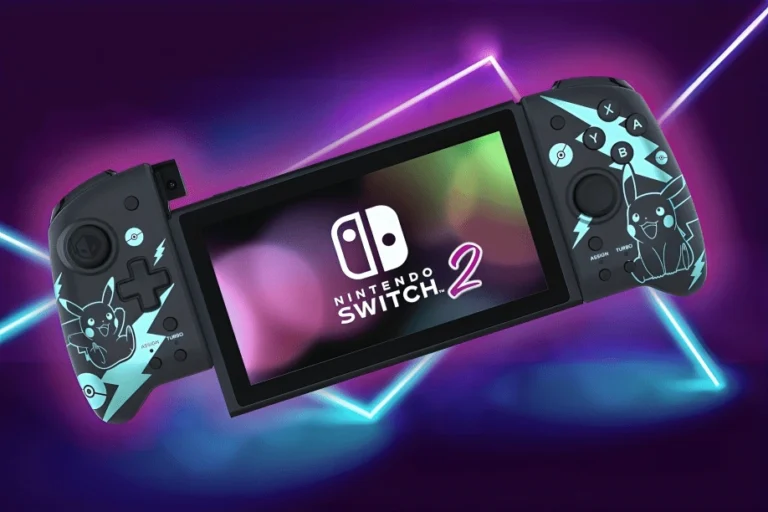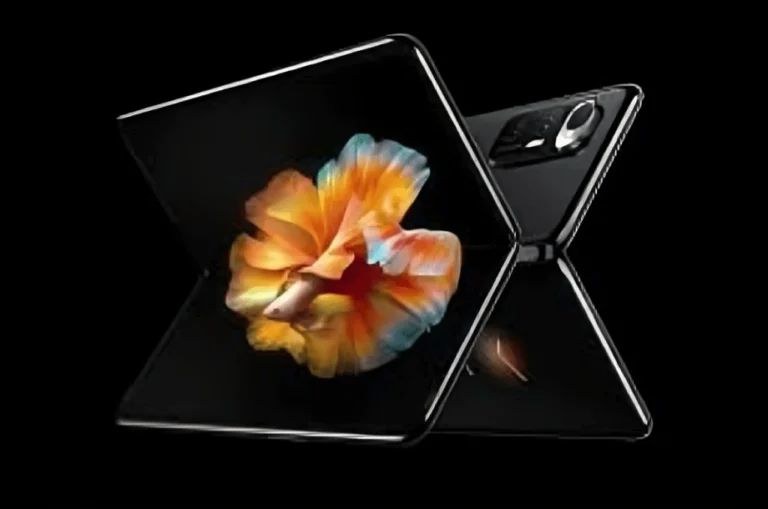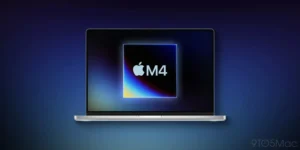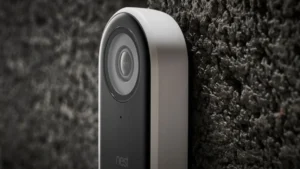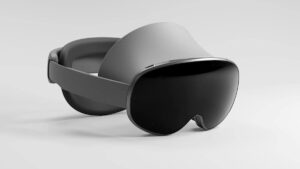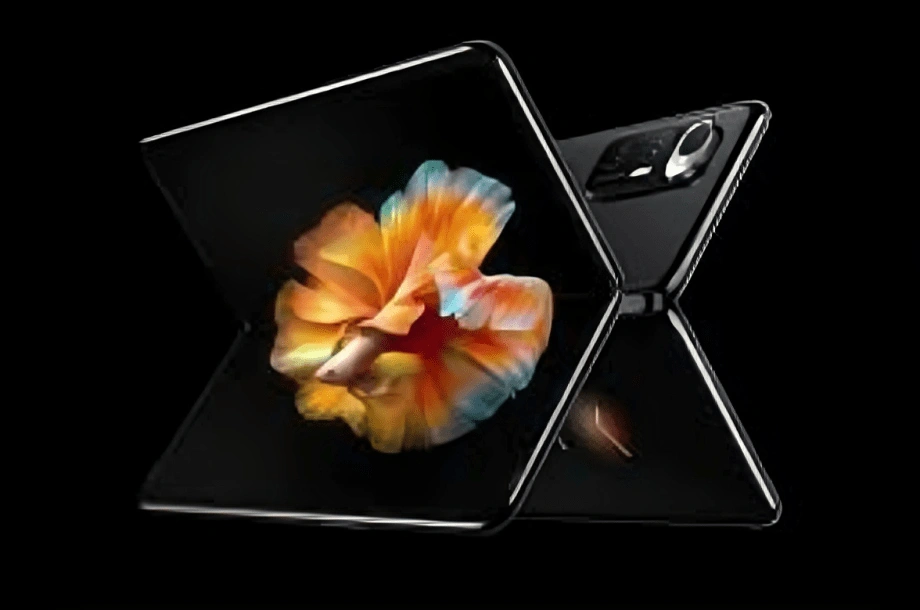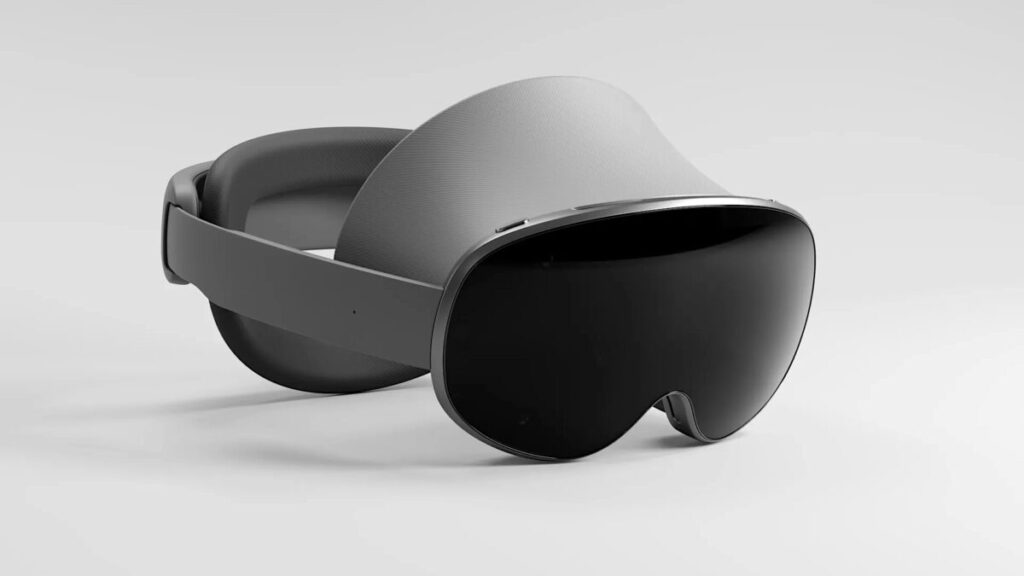
Should Have Sold: 400 Billion Won Lost in a Flash, Retail Investors Left Devastated
steve smith 2 months ago
Latest News
Should Have Sold: 400 Billion Won Lost in a Flash, Retail Investors Left Devastated
steve smith 2 months ago
With the dramatic collapse in SKT share price, the shockwaves reverberated across the retail investor community in South Korea. Over...
South Korea Accuses China’s DeepSeek of Unauthorized Data Transfers
steve smith 2 months ago
‘Hak-ssi’ Star Choi Dae-hoon Shares Late Reveal of Actress Wife from Mi-ko
steve smith 2 months ago
South Korean Watchdog Accuses DeepSeek of Unauthorized Data Transfer
Exclusive: Huawei Prepares New AI Chip for Mass Production as China Eyes Nvidia Alternatives
- All Posts
- Artificial Intelligence
- Business
- Cryptocurrency
- Entertainment
- Finance
- Technology
- Back
- apps
- big-tech
- gadgets
- smartphone
- wearables
- Software
- Back
- AR/VR
- gaming

Most Popular Stories
Airtificial intelligence
South Korean Watchdog Accuses DeepSeek of Unauthorized Data Transfer
Exclusive: Huawei Prepares New AI Chip for Mass Production as China Eyes Nvidia Alternatives
AiYifan: Revolutionizing Business Operations with AI Technology
South Korea’s Ambitious Vision for Leadership in AI, Quantum, and Space
Hugging Face Shows How Test-Time Scaling Helps Small Language Models Punch Above Their Weight
steve smith 6 months ago
2025 Will Be the Year of AI Agents, Web3 Execs Say
Google Chrome Uses AI to Analyze Pages in New Scam Detection Feature
cryptocurrency
- All Posts
- Cryptocurrency

Cryptocurrency is indeed a very popular financial sector that is talked about over the years and has been an option...
Latest Guide
BONK Burn Campaign Nears 1 Trillion Tokens
The Solana-based meme token, BONK, is making headlines once again as its burn campaign inches closer to an unprecedented milestone of 1 trillion tokens. This aggressive burning initiative is part of BONK’s strategy to enhance its tokenomics, reduce supply, and drive long-term value for holders. The campaign has not only captured the attention of the cryptocurrency community but also solidified BONK’s position as a noteworthy player in the meme coin ecosystem. The Significance of Token Burns Token burning is a process where cryptocurrency tokens are permanently removed from circulation, effectively reducing the total supply. For meme tokens like BONK, this mechanism is particularly impactful as it creates scarcity, potentially increasing the token’s value over time. Unlike many traditional cryptocurrencies, BONK’s emphasis on community-driven initiatives, including its burn campaign, sets it apart in the crowded market. “Burning tokens is more than just a supply reduction mechanism; it’s a commitment to our community and a statement of our long-term vision,” said a BONK team representative. “Reaching the 1 trillion milestone is a significant step towards aligning our ecosystem’s growth with the interests of our holders.” Progress and Community Involvement The BONK community has played a pivotal role in driving the burn campaign. Through coordinated efforts, including buybacks, staking rewards, and community donations, the campaign has garnered immense support. As of now, BONK has burned approximately 950 billion tokens, leaving it tantalizingly close to the 1 trillion mark. Community engagement has been a cornerstone of BONK’s success. From social media campaigns to collaborative NFT projects, BONK has harnessed the power of its supporters to amplify its message and drive adoption. The burn campaign’s transparency and regular updates have further strengthened trust within the community. Impact on BONK’s Tokenomics As the burn campaign nears completion, the impact on BONK’s tokenomics is becoming increasingly evident. The reduced supply has already sparked a noticeable uptick in market activity, with investors showing renewed interest in the token. By creating a deflationary mechanism, BONK aims to counteract inflationary pressures and stabilize its value in the volatile crypto market. Analysts suggest that the burn campaign could position BONK as a more attractive investment option, especially for those seeking high-risk, high-reward opportunities in the meme coin sector. The anticipated scarcity could also open doors for new use cases and integrations within the Solana ecosystem. Broader Implications for the Meme Coin Market BONK’s approach to token burning could serve as a blueprint for other meme coins aiming to improve their tokenomics and establish long-term viability. While meme coins have often been criticized for lacking utility, initiatives like BONK’s burn campaign highlight the potential for innovative strategies to redefine the narrative. The meme coin market, known for its volatility and speculative nature, has seen significant evolution in recent years. Projects like BONK are demonstrating that meme tokens can go beyond mere hype and foster meaningful community engagement, utility, and value creation. What Lies Ahead for BONK? As BONK approaches the 1 trillion burn milestone, the project’s roadmap remains ambitious. The team has hinted at upcoming partnerships, enhanced staking options, and additional utility for the token within the Solana ecosystem. With its burn campaign nearing completion, BONK is poised to enter a new phase of growth and innovation. For investors and community members, the 1 trillion burn milestone is more than just a number; it represents a turning point in BONK’s journey towards sustainability and relevance in the crypto world. Conclusion The BONK burn campaign’s success underscores the power of community-driven initiatives in the cryptocurrency space. By nearing the 1 trillion token burn mark, BONK has demonstrated its commitment to creating value and fostering trust among its supporters. As the project continues to evolve, it will be fascinating to see how this milestone shapes its future trajectory in the competitive world of meme coins.
Gaming
Technology
- All Posts
- Technology

With the pre-orders for software and peripherals for the Nintendo Switch 2 officially opening, the gaming world is in a...
Latest Guide
Dow Jones Launches AI-Powered News Service in South Korea
Introduction: A New Age for News Broadcast Dow Jones recently launched its AI-powered news service in South Korea. This would be an innovative step forward by Dow Jones towards further integration of artificial intelligence with the news, giving users more personalized, precise, and on-time news information. The firm has been popular for its cutting-edge news services in the world, and such innovation is one step forward by Dow Jones towards the growing requirement of fast, dependable, and bespoke information in the vibrant media ecosystem of South Korea. AI Technology Revolutionizes News Delivery Dow Jones is integrating artificial intelligence into its services to give the consumer news feeds that can be customized according to their individual requirements and needs. With AI, Dow Jones will be able to analyze large chunks of data to provide news alerts and updates in real time with unprecedented speed. This technology does not only make sure that the users are aware of global and local events but also gives access to news customized according to individual interests. What This Means for South Korea The introduction of the AI service is a step in the company’s quest to expand its international presence. This new service targets South Korea, a country very much into technological advancement and an avid enthusiast for innovation. At this time, when mobile and digital consumption have become more in vogue than ever, news has never been in greater demand as immediate and relevant. By providing local and international coverage through AI, Dow Jones aims to strengthen its presence and meet the expectations of South Korean readers. Improved Precision and Customization The most basic advantage of AI news delivery is that it helps screen out all irrelevant information and present only what is relevant. The Dow Jones AI news platform will evaluate the patterns of news and easily identify the most impactful news for individuals. The user’s preference is picked up by the AI, which offers content that is relevant to their specific interests but gives a wider, diverse view of an event as well. The News Industry and Its Future with AI However, AI is at the forefront of many of these changes in the news industry. Indeed, the push by Dow Jones when it comes to the integration of AI in the news industry is definitely a pace-setter. This means we can expect much more in terms of personalization, accuracy, and user experience when it comes to news. It puts Dow Jones firmly at the forefront of news delivery in the digital age. Conclusion: Accepting Innovation into the Future Dow Jones’s decision to launch its AI-powered news service in South Korea says much about the future of news and technology. This is a company that does not only upgrade the delivery of its content but also molds the manner in which news will be consumed across the world. With its emphasis on individualized experiences and leading-edge technology, Dow Jones is paving the way for a new era in news reporting that may inspire other firms in the same industry.

















